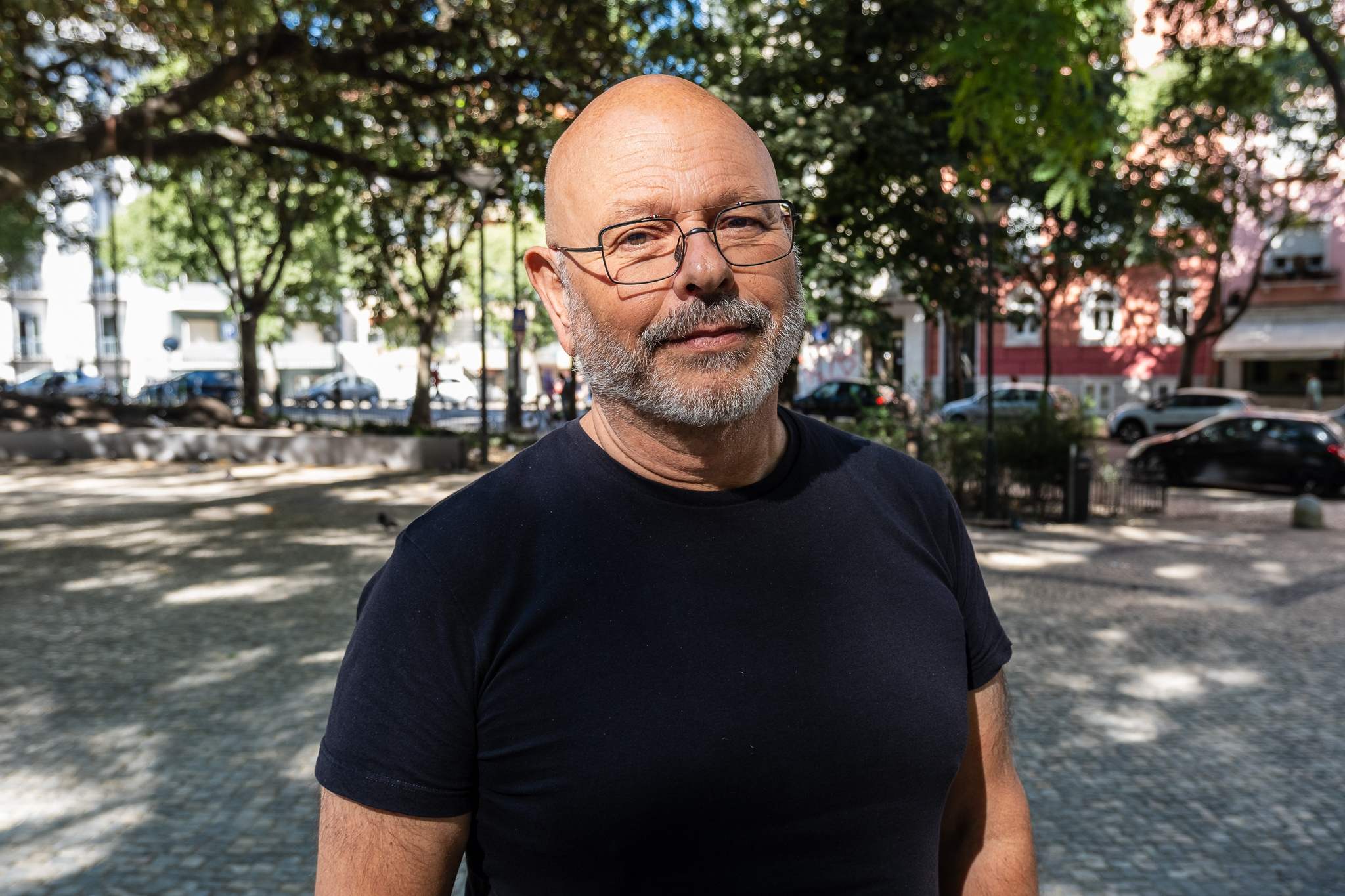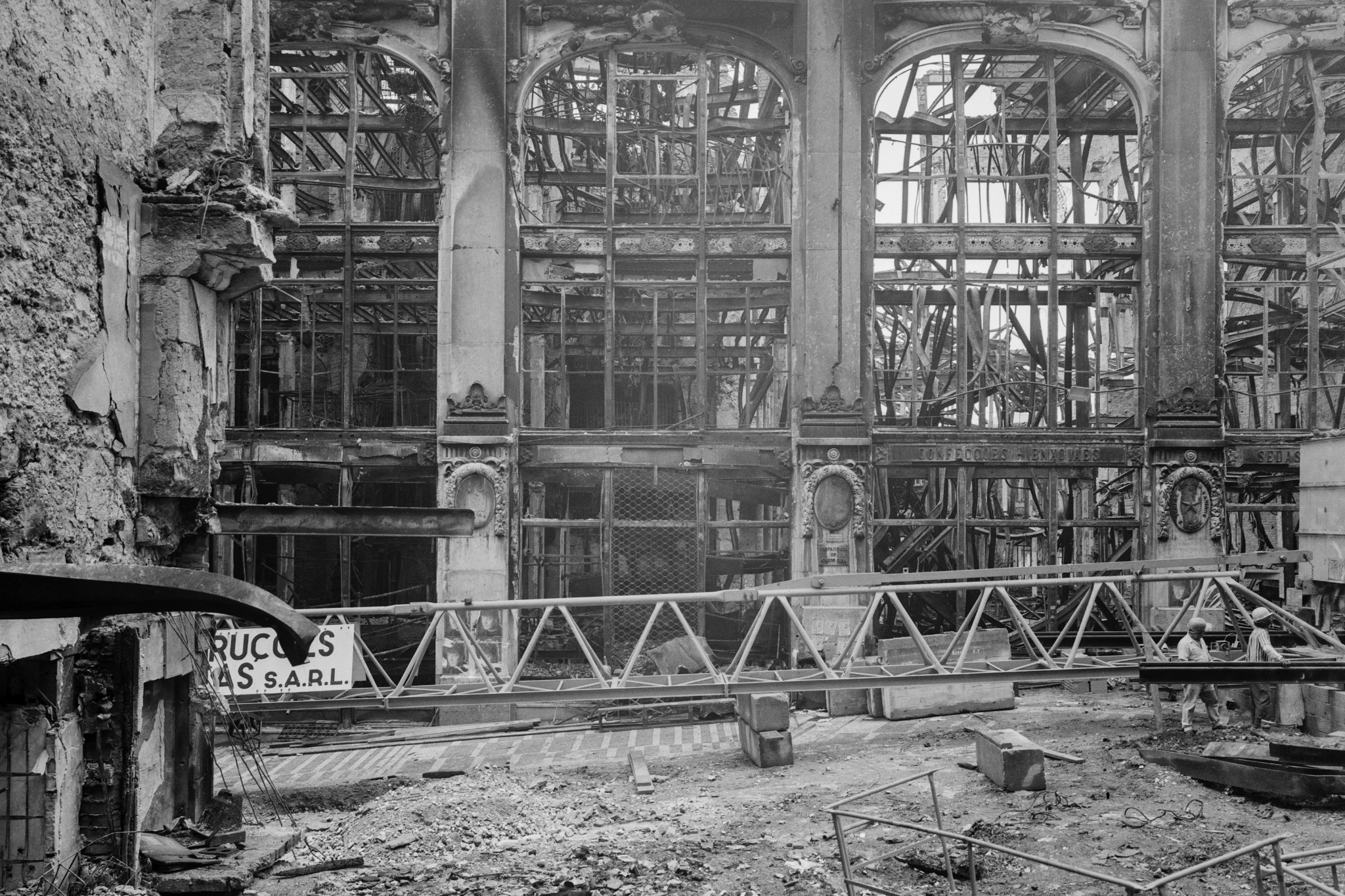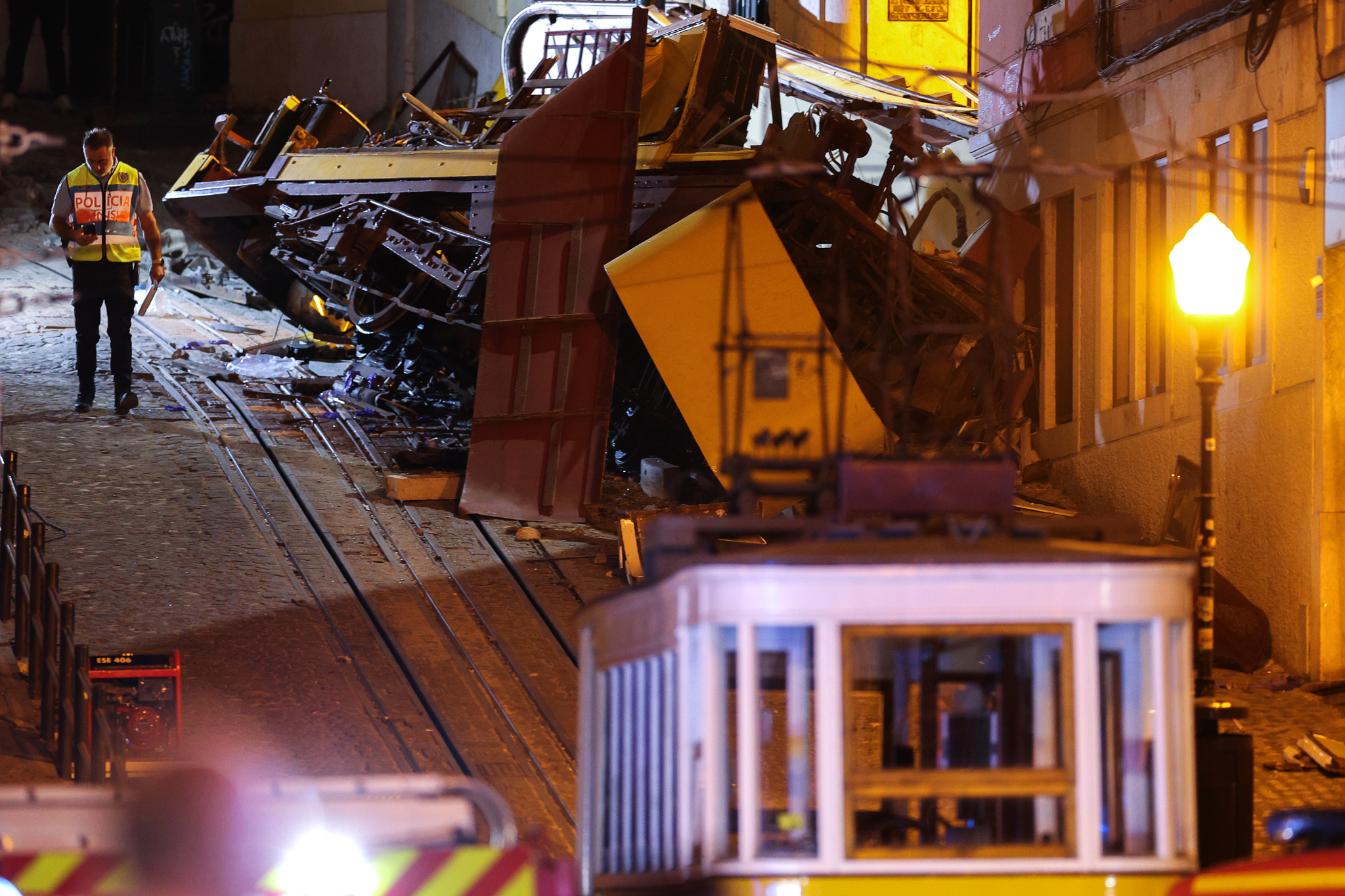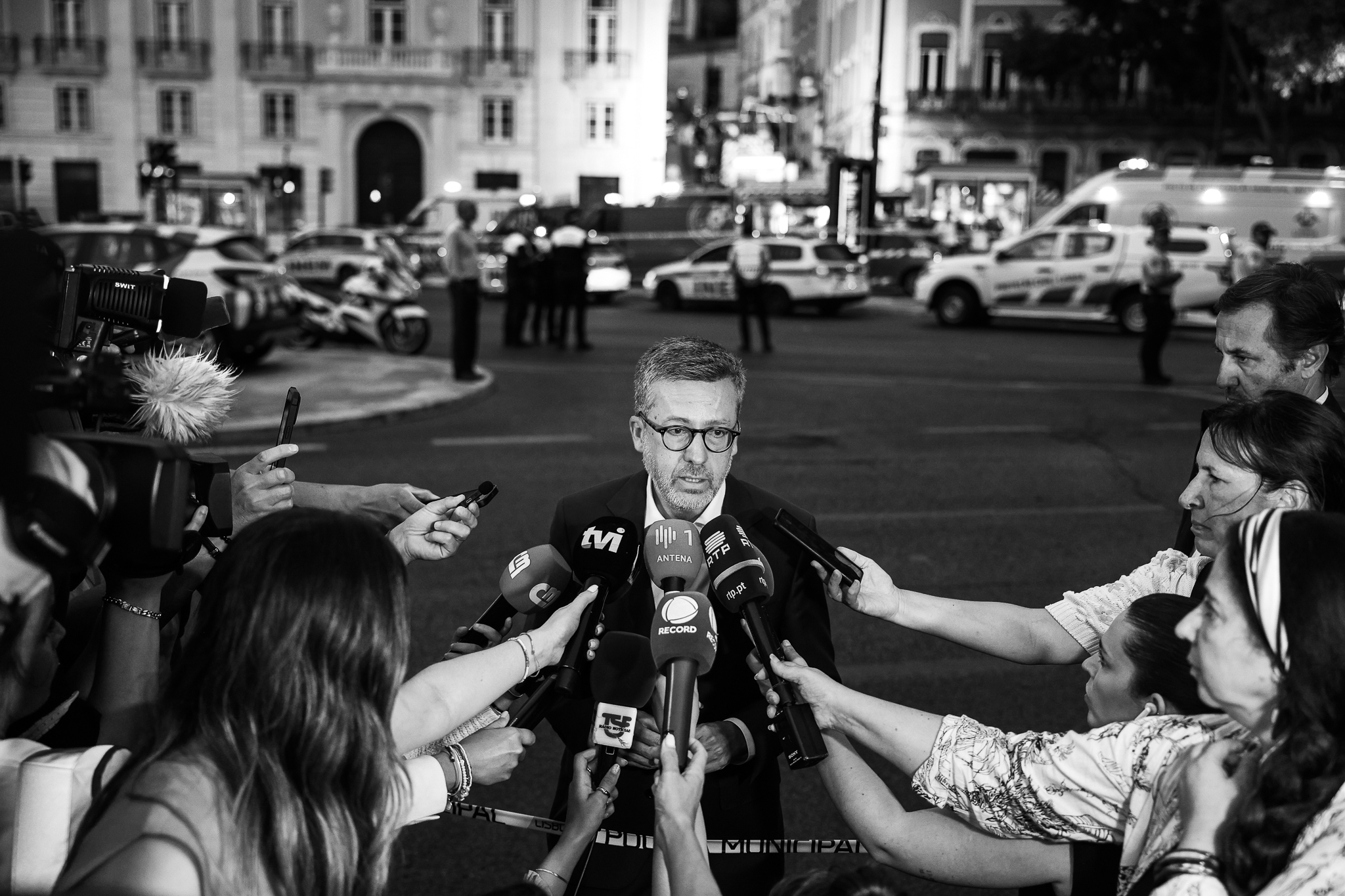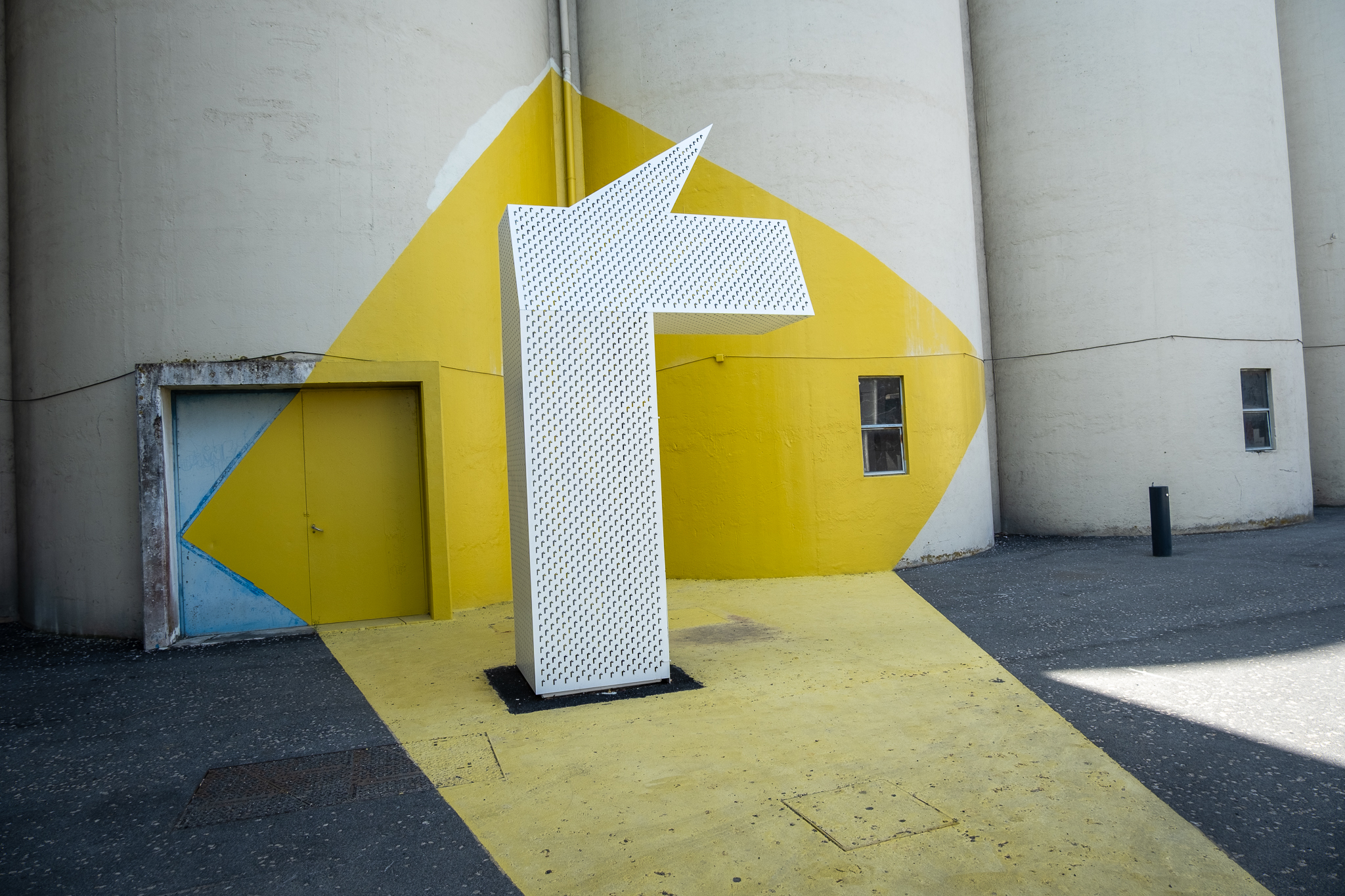The fate of the Maria Droste site in Telheiras has been discussed since at least 2009. Residents want an urban park on those six hectares, but the land belongs to the state, which wants to sell it for housing development. In 2015, a strong popular protest led to the project being suspended. Now there is talk of building affordable housing in the area. Associations...

Between the Segunda Circular, Estrada da Luz and the Telheiras urbanization hides a large plot of six hectares for which there seems to be no consensus for several years: On one side of the dispute, the plan is to go ahead with housing construction; on the other, the fight is for a green park that takes advantage of the entire six hectares. On one side, there is the government, the Lisbon City Council and the Municipal Master Plan (PDM), which was amended in 2012 to allow partial urbanization of that space; on the other, residents represented by local associations, among which stands out PACATA.
The land in question became known as the "Maria Droste land", named after a home and foundation with which it was associated before its management was handed over to the state - more specifically to Estamo, a publicly owned company whose task is to manage, sell and lease state-owned and other public entities' real estate assets. In 2014/2015, a real estate investment for that public land was discussed, but civic opposition, partly from the PACATA side, prevented (or delayed?) its progress. Now, a new announcement is coming: the Maria Droste site may indeed be developed; on the table will now be the construction of affordable housing. - a difference from the project of seven/eight years ago, which provided for market-rate housing.

The information was reportedly communicated to PACATA and other local associations, namely the Telheiras Residents Association (ART) and the Quinta da Luz and Quinta da Luz residents associations, at a meeting held on June 1, which was requested by PACATA after it became aware of a new urbanization project for the Maria Droste site. "Concreting is once again threatening the last green space in Telheiras: the Maria Droste site. There are hundreds of fires to destroy the flora and fauna of what should be promoted to a park for public enjoyment. PACATA is following the project with great concern", wrote the association on May 29 on its Facebook page.
Land should be allocated for affordable housing
According to PACATA, quoted by the information platform Living in TelheirasThe purpose of the meeting on the 1st was to "communicate to residents' associations" which on the Maria Droste site will be built "an affordable housing development"This is in line with the Municipal Master Plan (PDM). This means that, "although the PDM provides for a limit of 495 dwellings on the site, the intention is not to achieve this value, which in terms of building area would be equivalent to the previous project of 2014-2015“. The idea will also be "to agree with residents on a size that represents a balance between their legitimate concerns and meeting the need for affordable housing in Lisbon"PACATA reports.

The association also reports that "the representatives of the associations stressed the serious drawbacks of the draft, which does not seem to differ in essence from what was previously presented" and that the proposal submitted "deserved widespread rejection". It was also mentioned in particular that the Second Circular "constitute a very serious source of noise and air pollution, as well as the increased congestion that the new housing would cause on roads already saturated today.". The associations will be concerned about "destruction of the last remaining green space in an already densely concreted neighborhood" - a green space which, although not public, PACATA at least wants to make it so.
According to PACATA, "whichever way you present the issue, the reality is that, with the implementation of this project, the residents will be worse off than they are today"; e "it makes no sense to insist on the mistake of giving the Maria Droste land an unreasonable constructive aptitude that should never have been included in the PDM, instead of requalifying it as a space for collective enjoyment". The associations present at the meeting also argued that "there is no need to allocate this space to the construction of housing at controlled costs when there is sufficient public land with constructive aptitude in the parishes of Carnide and Lumiar".
Residents want a garden
The last time the Maria Droste site was discussed was in 2014/2015. It was around that time, in the midst of strong social protest, that was born a PACATA (acronym for "Parque Carnide-Telheiras Associação Ambiental") - an residents' association of Telheiras and "protection of the environment and quality of life"In order to formally support the construction of a garden on those six hectares and to oppose the threat of "more cement and tar" in Telheiras. PACATA's wish was for the land to be transformed into a large garden that would serve Lisbon and especially the residents of the parishes of Carnide, Lumiar and São Domingos de Benfica, "in compensation for the already dense built-up area". The idea would be shared by the Junta de Freguesia de Carnide (JFC), at least at the time; in July 2015, the JFC ran a cover on its bulletin with the following sentence: "Together against the destruction of the dream Carnide-Telheiras Park at Maria Droste".

The discussion around Maria Droste in 2014/2015 was about a housing development - not cost-controlled as is now being put forward, but market-rate. The newspaper Público reported at the timeThe project, signed by the architect João Pedro Falcão de Campos and which was put out for public consultation, foresaw 13 lots divided into two "organic elements" and among them a "square, deprived of public utility". In two of the lots, "strategically located visually on the axis of the 2nd Circular"In the first two plots, the installation of services was planned. In the remaining plots, 160 dwellings with typologies T0 to T4 were to be built, with the first floors of all plots intended for commerce. The buildings would have six to seven floors above ground, similar to the surrounding area.
The 2015 proposal also provided for the reservation of "an important plot of land"with almost 32 thousand square meters, for the creation of the Maria Droste Urban Park., "a new public space, which eliminates boundaries and physical barriers, characterizes dismembered and expectant municipal plots, and reinforces the pedestrian bridge across the 2nd Circular" - a Galp bridge which was ready to be inaugurated that year. The creation of an urban park in Maria Droste will also be on the table in the discussion that now starts on that land, not least because the PDM establishes limits to construction in that space. But PACATA believes that this urban park should be created on all six hectares.
It should be noted that only in 2012 was the door opened to the urbanization of that public land, until then classified as an "equipment area" and "special uses". This change was allowed with the update of the city's PDM that year. A year earlier, in May 2011, the then Mayor of Lisbon, António Costa, had signed a protocol with Estamo in which he recognized the "relevance for the development of the city" of a set of ten public real estate projects, including Maria Droste, and pledged to "cooperate to achieve it", according to Público that year.
Estamo had been trying since the early 2000s to sell the land - which it had acquired for €32 million - for the base value of €45 million, but without success - the impossibility of building on it would make the land unattractive. The Público newspaper wrote in 2008 that, "a Lisbon City Council even approved a violent protest, demanding prior consultation on the destination of these properties and recalling that the PDM did not allow their urbanization.. The city council's position then became more flexible, but subsequent attempts to sell were no more successful.".
Thousands of signatures, a petition and three recommendations
In 2015, PACATA, in a position statement before the Lisbon Municipal Assembly (AML), wrote that, "in terms of Administrative Law, the conclusion about the clear illegality of the Lisbon PDM in the part in which it alters the urban characteristics of the Maria Droste land to 'fit' the Estamo project on it.“. In the same written intervention (which you can find below), PACATA recalled that in 2009 there was even a Residents' petition with nearly 20,000 signatures against the "concreting" of Maria Droste.
At the same time, in May 2009, the PEV approved in the AML a recommendation to the Lisbon City Council. in the sense of duty "always, as a matter of priority, to safeguard the interests of Lisbon vis-à-vis the State, as well as to protect the quality of life of its residents", from "reject suggestions for changes to the PDM that only serve the financial interests of the government or real estate groups" and to study the feasibility of, "in the context of the revision of the PDM, integrate the aforementioned Maria Droste land into an Urban Park for the enjoyment, not only of the population of Carnide and Telheiras, but of the entire city of Lisbon".
But, despite leaving room for a green space, the amendment to the PDM that came to be made three years later ended up allowing precisely the urbanization, albeit partial, of an area where it was not possible to build. And a subdivision proposal was presented and its discussion was launched, also for the public square, in the years 2014/2015.
In April 2015, it was submitted to the Municipal Assembly a petition promoted by PACATA and signed by 700 petitioners which ended up being decisive in the suspension of the subdivision at the beginning of the following year. The document was analyzed by two Standing Committees of AML - the "Spatial Planning, Urbanism, Urban Rehabilitation, Housing and Local Development" and the "Environment and Quality of Life" - as is the usual procedure whenever petitions are received at AML. The report of these Commissions stated that "it will hardly be possible to reconcile all the interests at hand given their great incompatibility, thus being impossible a solution that fully meets the claims of the petitioners and the two Parish Councils, and simultaneously combines the interests and rights of the owner of the land, Estamo".
Thus, the two Commissions recommended that the Assembly, for its part, recommend to the City Council a reduction in the sidewalk surface and/or the number of dwellings, the implementation of mobility and parking solutions that increase the existing offer, the creation of a retention basin in the future Urban Park or the implementation of leisure and sports equipment for the enjoyment of residents and residents, for example.
The recommendation presented by the Commissions was approved by a majority, with PCP, PEV and BE voting against and PAN and Partido da Terra (MPT) abstaining. At the same sitting, the following was also approved a new recommendation by the ENP, which called on the executive to "consider the possibility of a possible land swap, as mentioned by the municipal executive, safeguarding biodiversity and the municipal ecological heritage" and that "study the feasibility of integrating the land into an urban park for the enjoyment, not only of the population of Carnide and Telheiras, but of the entire city of Lisbon and its visitors".
The PEV deputy Sobreda Antunes recalled that this hypothesis of exchange had already been admitted by the previous President of the executive, António Costa (Fernando Medina had, in 2015 succeeded in the Presidency of the Socialist Chamber), having also been recognized by the Councilor for Urbanism, Manuel Salgado, in February, at a meeting with residents. "It is only fair that the executive tries to study this alternative"Sobreda Antunes said, quoted on the AML website.
The PEV recommendation was approved with the abstentions of the PSD, the 'Parque das Nações por Nós' (PNPN) list and the independent deputies (elected on PS lists). The then vice-president of the municipality, Duarte Cordeiro, ensured that the Chamber "will take the recommendations into account in any future decision regarding this case".
Allotment suspended in 2016
In July 2015, after the petition and all the struggle brought to the Municipal Assembly, the PACATA promised in an article published on the Viver Telheiras platform not give up on stopping the development of that land. The President of the association, Luís Fábrica, said that "the road is long" but that residents were not going to give up their fight to stop a project "whose only rational explanation is financial interests". It also accused Estamo and the Lisbon council of creating a distraction by promoting the urban park planned for the area of land next to the 2nd ring road. "All this seems to us to be an unserious thing, a way of convincing people not to demonstrate against what is a very serious environmental attack and which seriously damages their quality of life, promising them a park whose contours seem absolutely unbelievable to us."he explained.
In October of that year, PACATA posted on his Facebook a photo of the "first rains" in Rua Padre Américo, very close to that plot of land where, they said, "the predictable and usual problems of rainwater runoff in the area of the Maria Droste land (...) forced, this afternoon, the intervention of the Fire Department and the municipal services". "This problem, which has always been announced by PACATA, is a further reminder of the need to preserve the Maria Droste site"they added.
On January 8, 2016, the Councillor for Urbanism, Manuel Salgado, informed that the "allotment process 13/URB/2014" was "suspended until the promoter submits a new proposal". But the issue seems to be being revived now - it is not known whether the developer of the new urbanization proposal is the same or not. But we will continue to keep an eye on how this issue unfolds and report on it as appropriate; for now, this article serves to tell the story of the Maria Droste plot in a brief and documented way.


